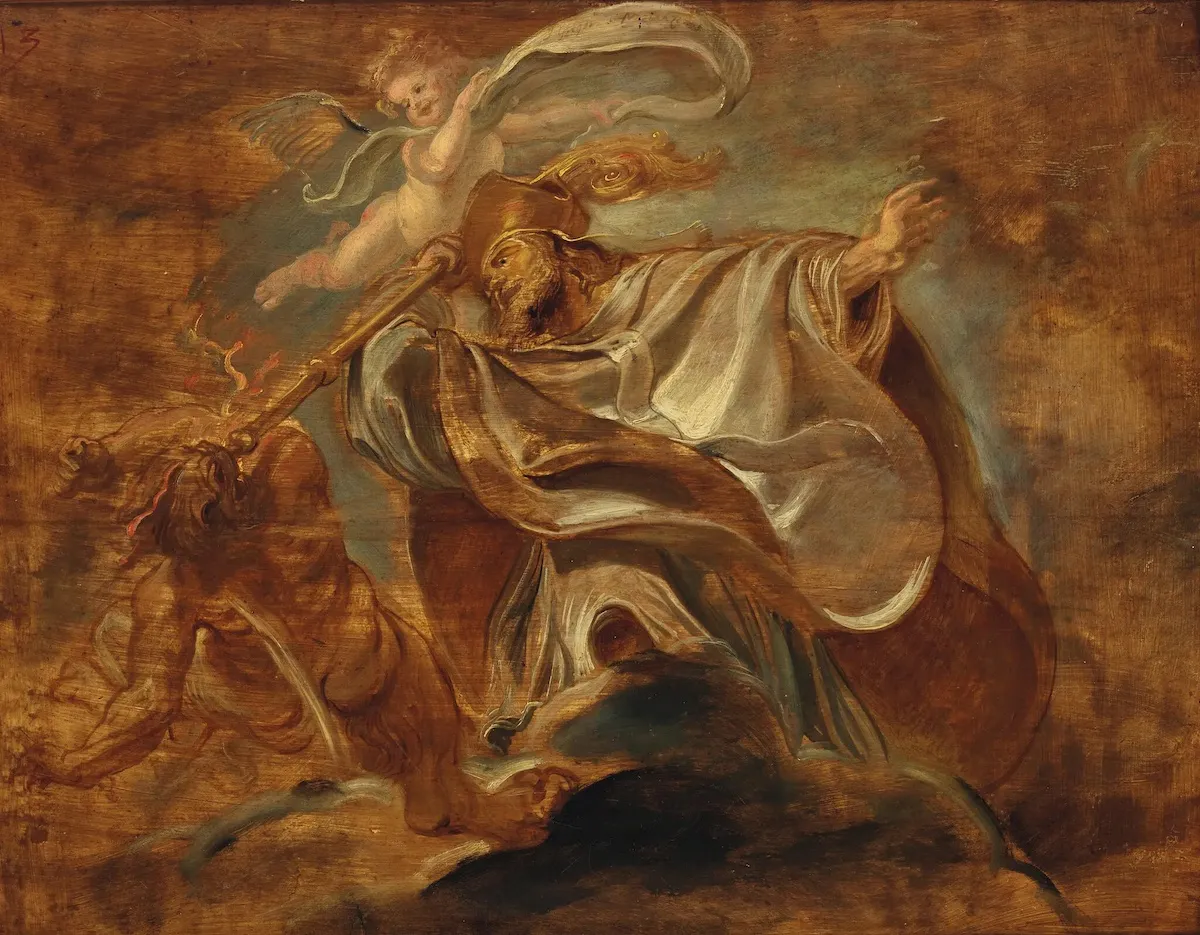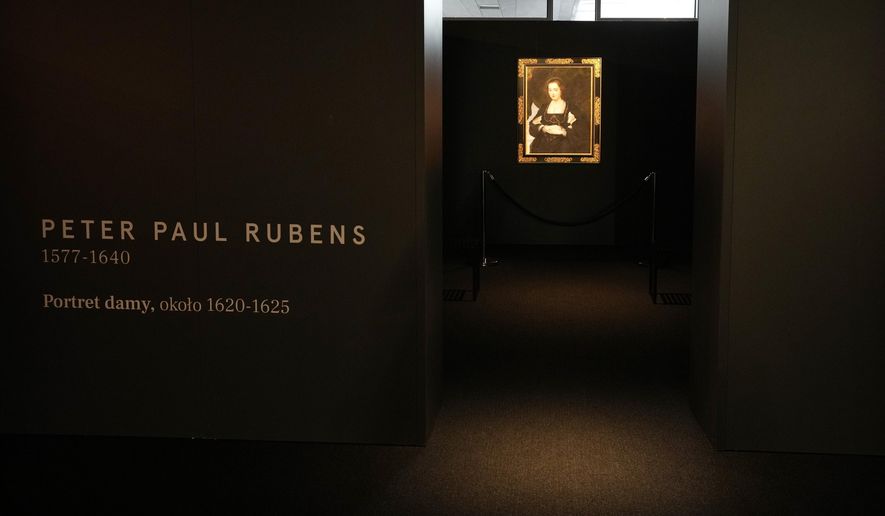After going missing at the close of World War II, a drawing of St. Gregory of Nazianzus by baroque painter Peter Paul Rubens is on its way back to Friedenstein Castle in Gotha, Germany.
The 1621 artwork by Rubens had been missing since the end of World War II, along with four other saint sketches by the artist, according to a release issued on Friday by the Friedenstein Stiftung Gotha association, which oversees the museums housed on the castle property, and the Ernst von Siemens Art Foundation, which assisted in funding the sketch’s recovery.
A former German duchess connected to British royalty sold the sketch of St. Gregory of Nazianzus to American buyers at the end of World War II, keeping it safe from the Red Army.
 The sketch of St. Augustine, which is currently on display in Zurich, Switzerland, and the still-missing sketch of the biblical prophet Elijah was taken out of the castle.
The sketch of St. Augustine, which is currently on display in Zurich, Switzerland, and the still-missing sketch of the biblical prophet Elijah was taken out of the castle.
From there, the sketch was sold by the E. and A. Silberman Gallery in New York City to the Albright Gallery in Buffalo, and from there it was transferred to the Buffalo AKG Art Museum, the Albright Gallery’s successor.
The Buffalo Museum attempted to put the sketch up for sale in 2020, but Christie’s auction house persuaded them to sell it to Gotha instead.
“Christie’s had already returned a work of Gotha provenance in 2006, and so there is a sensitivity in our house for the collection’s history,” Christie’s Deputy Chairman of 20th and 21st Century Art Dirk Boll said.
On the Buffalo Museum’s part, the historical sketch did not fit the museum’s modern and contemporary art focus, and “hadn’t been on view for a long time and we didn’t foresee a context in which it would be shown,” Buffalo AKG Art Museum Chief Curator Cathleen Chaffee told the New York Times. It is receiving a “a low seven-digit figure,” for the work.
The final two paintings in the series of five, depicting St. Basil and St. Athanasius, were captured by the Red Army from Gotha. As part of a large-scale repatriation of stolen artwork, the Soviet Union sent them back to East Germany in 1958.
The drawing of “The Prophet Elijiah on the Golden Chariot” was sold and added to George Baer’s collection in Atlanta. By 1997, it had been lent to the National Gallery of Art in Washington, D.C. Its current location is unknown, although as of 2021, a German database for missing artwork from the nation indicates that the sketch was not at the National Gallery.
Held for centuries in Friedenstein Castle, all five were a part of a larger series of 22 surviving sketches from an even larger set of 39 Rubens works of saints and religious figures. The 39 drawings were created by Rubens himself and used as models for the ceiling of a 1718 lightning strike-damaged Jesuit cathedral in Antwerp, Belgium.
Elijiah’s Rubens sketch was purchased in 1721 and later bequeathed to Duke Ernst II of Saxe-Gotha-Altenburg. In 1802, the duke acquired the remaining four sketches. The castle and drawings were inherited by his ancestors, who subsequently gave them to the Saxe-Coburg-Gotha family, who are his relations.
The husband of Queen Victoria of the United Kingdom, Prince Albert of Saxe-Coburg-Gotha, is the ancestor of the British royal family, one branch of the house. The last Duke of Saxe-Coburg and Gotha was also her grandchild.
Tensions between Britain and Germany during World War I led to the British royal family changing its name to Windsor.
For Friedenstein Stiftung Gotha, it is sufficient to restore ownership of the drawing of St. Gregory of Nazianzus for the time being. It is attempting to temporarily exhibit the Rubens drawing of St. Augustine in Gotha by negotiating with a museum in Zurich.
The association “aims to restore the historical integrity of the collection, especially with regard to this highlight, the set of five sketches by Rubens. … I am delighted, therefore, that with ‘Saint Gregory of Nazianzus’, one of the lost works has found its way back to Friedenstein,” Tobias Pfeifer-Heike, director of the association, said.











